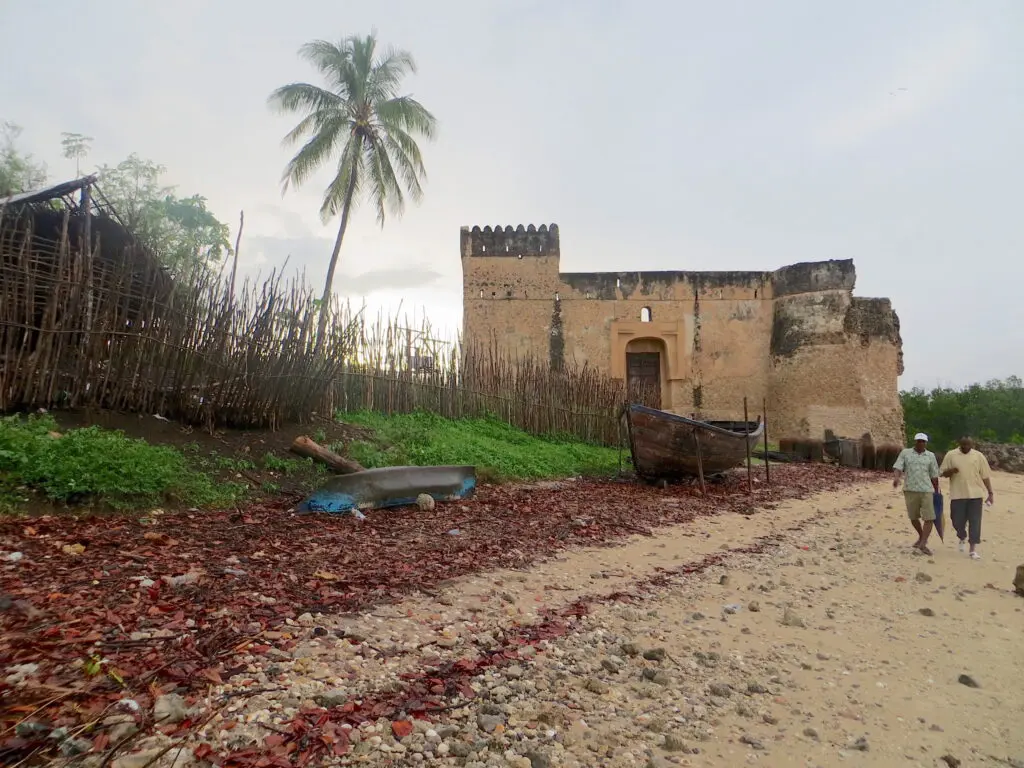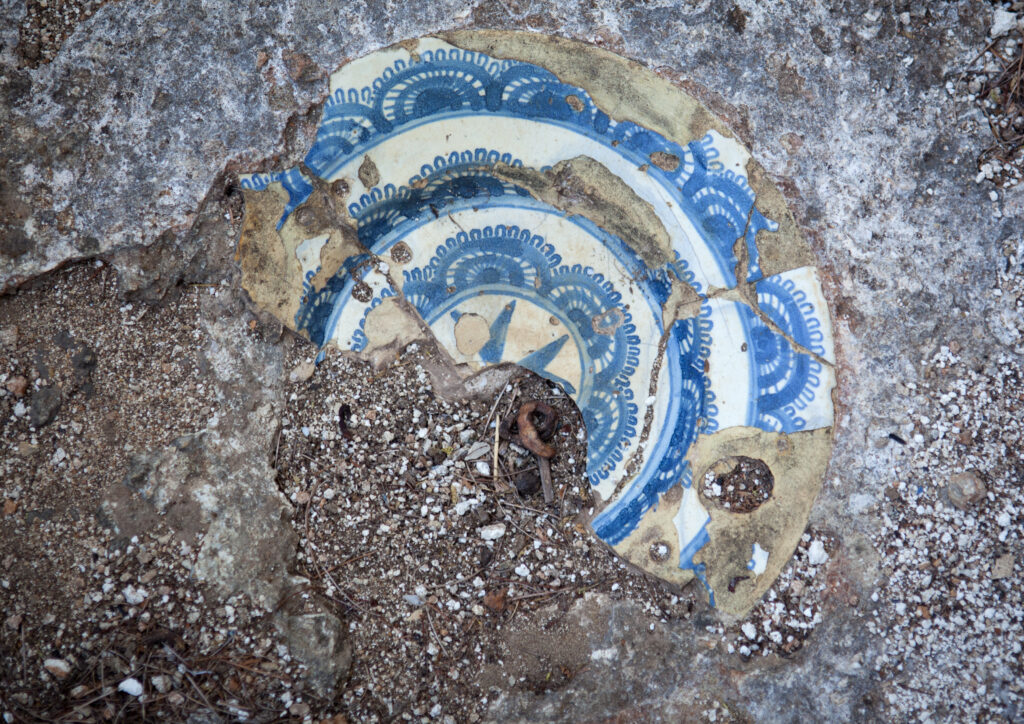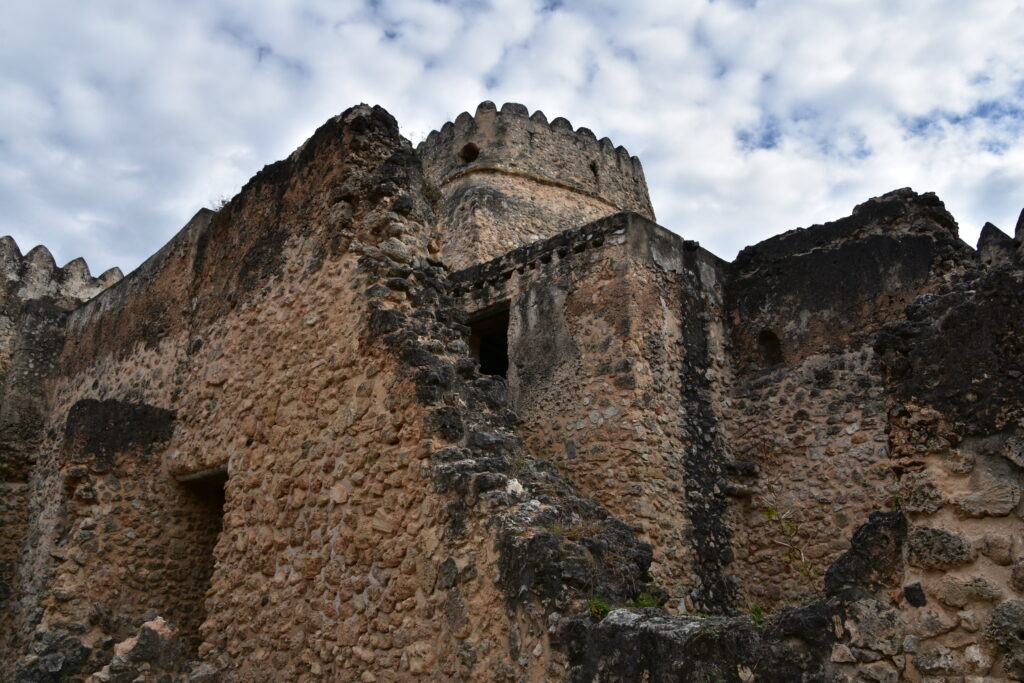Ancient DNA Supports Swahili Oral Traditions

This article was originally published at The Conversation and has been republished under Creative Commons.
THE LEGACY OF the medieval Swahili civilization is a source of extraordinary pride in East Africa, as reflected in its language being the official tongue of Kenya, Tanzania, and even inland countries like Uganda and Rwanda, far from the Indian Ocean shore where the culture developed nearly two millennia ago.
Its ornate stone and coral towns hugged 2,000 miles of the coast, and its merchants played a linchpin role in the lucrative trade between Africa and lands across the ocean: Arabia, Persia, India, Southeast Asia, and China.
By the turn of the second millennium, Swahili people embraced Islam, and some of their grand mosques still stand at the UNESCO World Heritage sites of Lamu in Kenya and Kilwa in Tanzania.
Self-governance ended following Portuguese colonization in the 1500s, with control later shifting to the Omanis (1730–1964), Germans in Tanganyika (1884–1918), and British in Kenya and Uganda (1884–1963). Following independence, coastal peoples were absorbed into the modern nation-states of Somalia, Kenya, Tanzania, Mozambique, and Madagascar.
So who were the Swahili people, and where did their ancestors originally come from?
Ironically, the story of Swahili origins has been molded almost entirely by non-Swahili peoples, a challenge shared with many other marginalized and colonized peoples who are the modern descendants of cultures of the past with extraordinary achievements.
Working with a team of 42 colleagues, including 17 African scholars and multiple members of the Swahili community, we’ve now published the first ancient DNA sequences from people of the Swahili civilization. Our results do not provide simple validation for the narratives previously advanced in archaeological, historical, or political circles. Instead, they contradict and complicate all of them.
COLONIZATION AFFECTED HOW THE STORY WAS TOLD
Western archaeologists in the mid-20th century emphasized the connections of the medieval Swahili to Persia and Arabia, sometimes suggesting that their impressive achievements could not have been attained by Africans.
Postcolonial scholars, including one of us (Chapurukha), pushed back against that view. Earlier researchers had inflated the importance of non-African influences by focusing on imported objects at Swahili sites. They minimized the vast majority of locally made materials and what they revealed about African industry and innovation.
But viewing Swahili heritage as primarily African or non-African is too simplistic. In fact, both perspectives are byproducts of colonialist biases.
The truth is that colonization of the East African coast did not end with the departure of the British in the middle of the 20th century. Many colonial institutions were inherited and perpetuated by Africans. As modern nation-states formed, with governments controlled by inland peoples, Swahili people continued to be undermined politically and economically, in some cases as much as they had been under foreign rule.
Decades of archaeological research in consultation with local people aimed to address the marginalization of communities of Swahili descent. Our team consulted Oral Traditions and used ethnoarchaeology and systematic surveys, along with targeted excavations of residential, industrial, and cemetery locations. Working with local scholars and elders, we unearthed materials such as pottery, metal, and beads; food, house, and industrial remains; and imported objects such as porcelain, glass, glass beads, and more. Together, they revealed the complexity of Swahili everyday life and the people’s cosmopolitan Indian Ocean heritage.
Ancient DNA analysis was always one of the most exciting prospects. It offered the hope of using scientific methods to obtain answers to the question of how medieval peoples are related to earlier groups and to peoples today, providing a counterweight to narratives imposed from outside. Until a few years ago, this kind of analysis was a dream. But because of a technological revolution in 2010, the number of ancient humans with published genome-scale data has risen from nothing to more than 10,000 today.
SURPRISES IN THE ANCIENT DNA
We worked with local communities to determine the best practices for treating human remains in line with traditional Muslim religious sensitivities. Cemetery excavations, sampling, and reburial of human remains were carried out in one season rather than dragging on indefinitely.
Our team generated data from more than 80 people, mostly elite individuals buried in the rich centers of the stone towns. We will need to wait for future work to understand whether their genetic inheritance differed from people without their high status.
Contradicting what we had expected, the ancestry of the people we analyzed was not largely African or Asian. Instead, these backgrounds were intertwined, each contributing about half of the DNA of the people we analyzed.
We found that Asian ancestry in the medieval individuals came largely from Persia (modern-day Iran), and that Asian and African ancestors began mixing at least 1,000 years ago. This picture is almost a perfect match to the Kilwa Chronicle, the oldest narrative told by the Swahili people themselves and one almost all earlier scholars had dismissed as a kind of fairy tale.
Another surprise was that, mixed in with the Persians, Indians were a significant proportion of the earliest migrants. Patterns in the DNA also suggest that, after the transition to Omani control in the 18th century, Asian immigrants became increasingly Arabian. Later there was intermarriage with peoples whose DNA was similar to others in Africa. As a result, some modern people who identify as Swahili have inherited relatively little DNA from medieval peoples like those we analyzed, while others have more.
One of the most revealing patterns our genetic analysis identified was that the overwhelming majority of male-line ancestors came from Asia, while female-line ancestors came from Africa. This finding must reflect a history of Persian males traveling to the coast and having children with local women.
One of us (David) initially hypothesized that these patterns might reflect Asian men forcibly marrying African women because similar genetic signatures in other populations are known to reflect such violent histories. But this theory does not account for what is known about the culture, and there is a more likely explanation.
Traditional Swahili society is similar to many other East African Bantu cultures in being substantially matriarchal: It places much economic and social power in the hands of women. In traditional Swahili societies even today, ownership of stone houses often passes down the female line. And there is a long-recorded history of female rulers, beginning with Mwana Mkisi, ruler of Mombasa, as recorded by the Portuguese as early as the 1500s, down to Sabani binti Ngumi, ruler of Mikindani in Tanzania as late as 1886.
Our best guess is that Persian men allied with and married into elite families and adopted local customs to enable them to be more successful traders. The fact that their children passed down the language of their mothers and that encounters with traditionally patriarchal Persians and Arabians and conversion to Islam did not change the coast’s African matriarchal traditions confirms that this was not a simple history of African women being exploited. African women retained critical aspects of their culture and passed it down for many generations.
How do these results gleaned from ancient DNA restore heritage for the Swahili? Objective knowledge about the past has great potential to help marginalized peoples. By making it possible to challenge and overturn narratives imposed from the outside for political or economic ends, scientific research provides a meaningful and underappreciated tool for righting colonial wrongs.




























